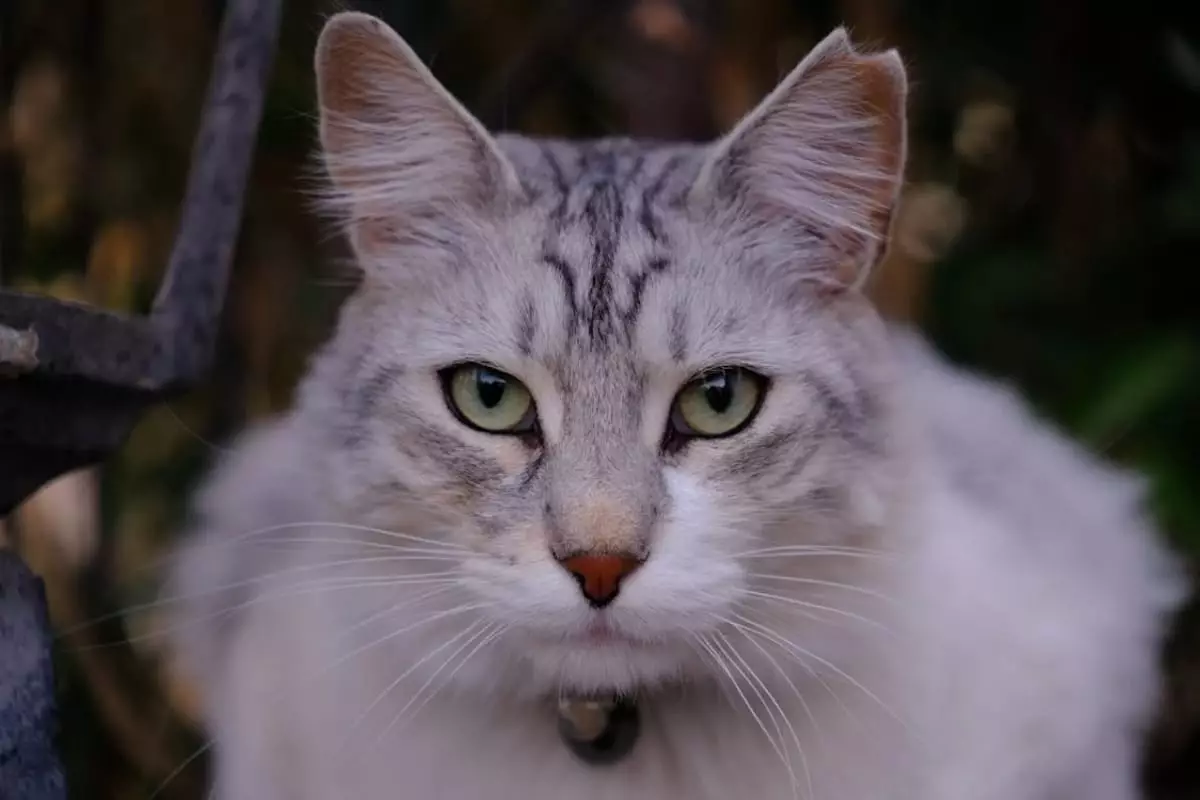Cats are often regarded as one of the most mysterious pets one can own. Their sleek bodies, inquisitive nature, and complex behavior can leave pet owners both enamored and puzzled. Among the various ways cats communicate, their stares stand out as particularly captivating. These prolonged glances can evoke an array of interpretations; are they simply hungry, bored, or is there something deeper at play? To decode the messages behind a cat’s gaze, one must examine a variety of motives that influence their actions.
One common reason for a cat’s stare is to seek the attention of their human companions. Unlike dogs, who may exhibit excessive enthusiasm, cats are often more subtle in their demands. When a cat fixates its gaze on you, it might be requesting a meal, playtime, or a cuddle session. Their penetrating eyes, almost like silent alarm bells, can indicate a spectrum of needs. A cat’s stare can serve as a gentle reminder that they wish for interaction. Thus, the next time you find your feline friend observing you with steadfast intensity, consider that they might be conveying a longing for companionship or stimulation.
Interestingly, a cat’s direct gaze can also symbolize a profound bond of trust and affection. In the world of felines, maintaining eye contact, particularly when combined with the deliberate act of slow blinking, is akin to an intimate gesture. This form of communication is often referred to as a “cat kiss,” signaling that your furry friend feels at ease and safe in your presence. By adopting this slow blink, they are expressing love—a reassuring statement that enhances the emotional connection between both parties. A shared gaze that lasts a moment longer can symbolize a mutual understanding and comfort, revealing a heartwarming aspect of feline behavior.
Cats are notoriously inquisitive creatures. It’s in their nature to investigate anything out of the ordinary. When you engage in an unusual task or exhibit behaviors that attract their curiosity, don’t be surprised if your cat starts staring. They often seem to be processing and assessing the situation, trying to determine if it poses a potential threat or if it warrants their attention. Cats have sensory capabilities that are refined beyond human comprehension; therefore, the stare may be accompanied by an alertness that suggests there’s something afoot, something that they perceive but we may not.
On the other hand, it’s essential to recognize that prolonged staring can also signal underlying stress or anxiety. Shift in household dynamics, changes in environment, or even subtle alterations in routine can disconcert a cat. In these cases, the act of staring is often a means of seeking validation or comfort from their human. Observing body language is crucial; if the staring is coupled with signs of unease—such as a tucked tail or flattened ears—it’s vital to provide reassurance, perhaps through gentle petting or soothing words.
The animal kingdom often functions on territories defined by subtle cues. In multi-pet households, a cat may use direct stares as a method of asserting dominance or delineating their space. This behavior is more pronounced if they perceive other pets as encroaching on their territory. The unwavering gaze serves a fundamental purpose of establishing boundaries and reinforcing their position within the home dynamic. In situations like these, it’s imperative that owners observe and understand these cues of dominance to foster harmony among pets.
Even the most domesticated cats retain vestiges of their predatory instincts. A stare can indicate focus and intent, reminiscent of their wild ancestors preparing to pounce on prey. This behavior, when observed during playtime, adds an element of excitement, where your cat’s close scrutiny is a prelude to an impending swat or leap, reinforcing their natural behaviors in a domestic setting.
Lastly, one must consider that a cat’s stare may simply be a reflection of their emotional state. A calm cat gazing off into space might just be lost in thought—a state of relaxation that is often overlooked. In these moments, they may be reflecting on their surroundings in a state of tranquility. This underscores the reality that not every stare has a deeper meaning; sometimes, it represents a serene coexistence with their environment.
The act of staring in cats transcends mere observation; it is a complex form of communication. Understanding these nuances deepens our connection with these enigmatic creatures, reinforcing the bond between pets and their owners. So, the next time your cat’s eyes lock onto yours, consider what they might be conveying, and remember, you’re part of an intricate dialogue that speaks volumes of affection, curiosity, and playful instincts.

